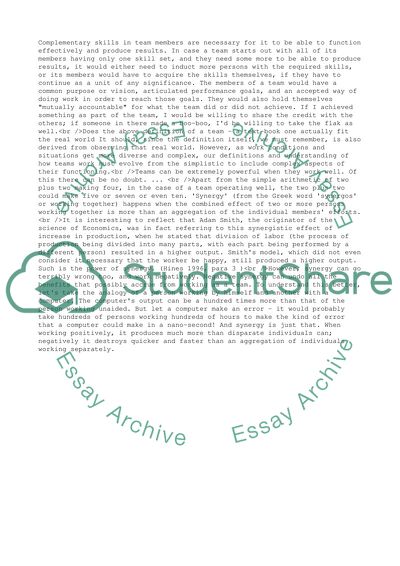Cite this document
(Management Organisational Behaviour Term Paper Example | Topics and Well Written Essays - 2750 words, n.d.)
Management Organisational Behaviour Term Paper Example | Topics and Well Written Essays - 2750 words. https://studentshare.org/management/1525827-management-organisational-behaviour
Management Organisational Behaviour Term Paper Example | Topics and Well Written Essays - 2750 words. https://studentshare.org/management/1525827-management-organisational-behaviour
(Management Organisational Behaviour Term Paper Example | Topics and Well Written Essays - 2750 Words)
Management Organisational Behaviour Term Paper Example | Topics and Well Written Essays - 2750 Words. https://studentshare.org/management/1525827-management-organisational-behaviour.
Management Organisational Behaviour Term Paper Example | Topics and Well Written Essays - 2750 Words. https://studentshare.org/management/1525827-management-organisational-behaviour.
“Management Organisational Behaviour Term Paper Example | Topics and Well Written Essays - 2750 Words”. https://studentshare.org/management/1525827-management-organisational-behaviour.


